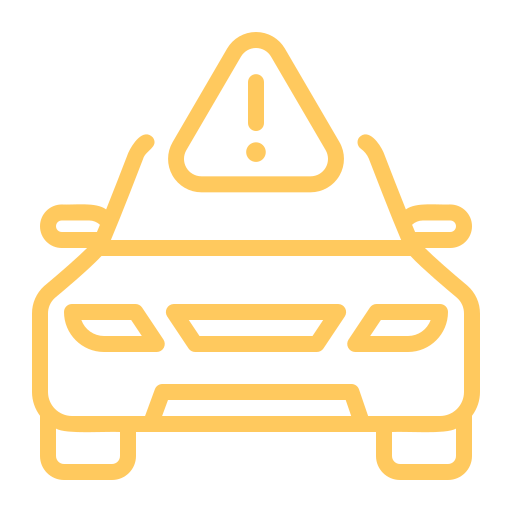Providing coverage for both damage to your vehicle and damage caused by your vehicle during an insured event.


LA Insurance Comprehensive Car Insurance provides coverage for both damage to your vehicle and damage caused by your vehicle to other vehicles and property during an insured event.
This policy offers broader protection compared to Third Party Property Damage Insurance, which only covers damage to other people’s property. Additionally, it gives you the flexibility to enhance your coverage with optional extras tailored to your needs.







Taking control of your policy ensures you’re prepared and protected. Here are key areas you can manage to get the most out of your comprehensive car insurance:
Tip: Choose an excess amount that fits your budget and risk tolerance.
Tip: Review your financial situation to select the payment option that minimises costs without adding pressure.
Tip: Keep your insurer updated on changes to your driving habits, especially if you’re driving less than expected.
Tip: Regularly review and adjust your optional covers to ensure you’re not paying for services you don’t need.
Tip: Consider policy features that align with your financial plan, such as agreed value options or loan gap cover, to avoid surprises in the event of a total loss.
LA Insurance know that protecting your assets is essential
In relation to General Insurance Only. LA Insurance Pty Ltd and its adviser are Corporate Authorised Representatives of Insurance Advisernet Australia Pty Ltd. Australian Financial Services Licence No. 240549. Corporate Authorised Representative No. 1255587. LA Insurance Pty Ltd ABN 16 610 540 577.